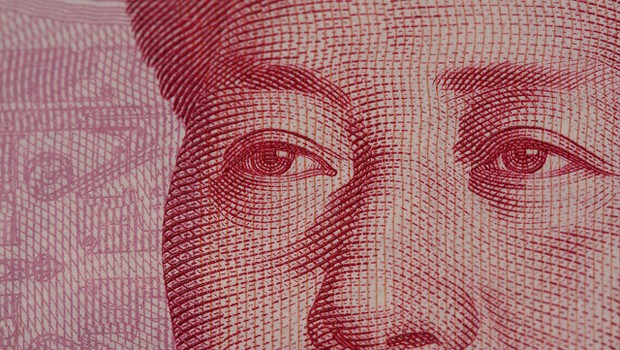Brookings Fellow David Dollar says that China’s 2014 GDP target is “very achievable,” but risks at home and in the global economy could put the brakes on growth.
By Christina Nelson
In January, the International Monetary Fund projected that China’s GDP would grow 7.5 percent in 2014. But how China hits that target has important implications for the future the country’s economy, says David Dollar, a senior fellow at the Brookings Institution’s John L. Thornton China Center.
Speaking at the US-China Business Council’s Jan. 30 Forecast meeting, Dollar said that although China surpassed its 2013 GDP growth target to reach 7.7 percent, the country’s economy still hasn’t seen many of the changes most economists believe are necessary to set it on a sustainable path for growth. Chief among these is rebalancing the economy away from investment and export-led growth toward domestic consumption.
Dollar said there isn’t much room for exports to expand, given China’s relatively large trade surplus. And investment is increasingly seen as a short-term solution. China’s central planners accelerated public investment during the second half of 2013, for example, to buoy lower-than-expected-growth from the first half of the year.
“They hit their [GDP] target, but this was one more year in which there was no particular rebalancing,” Dollar said. “If you look at the composition of 2013 growth, consumption made a solid contribution, but once again investment was the main source of economic growth. More than half the growth came from investment, so investment continues to rise as a share of GDP.”
Though Dollar said China will likely hit its 2014 GDP target, risks posed by China’s financial system, private and public debt, and the global economy could affect GDP growth.
“Investment has been growing rapidly for quite a few years,” Dollar said. “In recent years, this has been fueled by very rapid growth in credit, so what’s worrying is this build-up of debt—both government debt and private debt—in the system.”
In December, China’s National Audit Office reported that local government debt had reached nearly $3 trillion, a 67 percent increase since 2010. Dollar said that government debt has not yet reached an “alarming level,” but that it could become a problem in a few years.
In response, government officials have raised the cost of capital to rein in investment, but they’re “walking a knife edge,” Dollar said. “They want to slow down investment but they don’t want a sharp slowdown. They want to raise the cost of capital but they don’t want to precipitate some kind of financial crisis.”
Because China hasn’t had a market-based financial system, Dollar said economists don’t know how the economy will react to various policy decisions. “A modest increase in interest rates may actually have a pretty sharp downward effect on investment,” he said. The government could try to make up for any such drop in market-oriented investment by putting money into infrastructure development, which would boost GDP but lead to a “more vulnerable situation,” he said.
The global economy may also present challenges for China’s economy in 2014. Many emerging markets —particularly the “fragile five”—will likely see income stagnate or decline due to decreasing commodity prices. In addition, emerging market economies with high external debt may also face higher costs of borrowing if the United States and other developed economies increase interest rates.
The IMF’s 2014 projection assumes “a better world economy that will allow China to have a little bit of a boost from exports,” Dollar said. But too many struggling emerging market economies may have a negative impact on China’s exports and its overall economy.
“Last year [exports] subtracted .3 percent,” Dollar said. “If instead they were adding .3 percent, that’s not a trivial swing for an economy that’s growing around 7-7.5 percent.”








Leave a Reply
You must be logged in to post a comment.